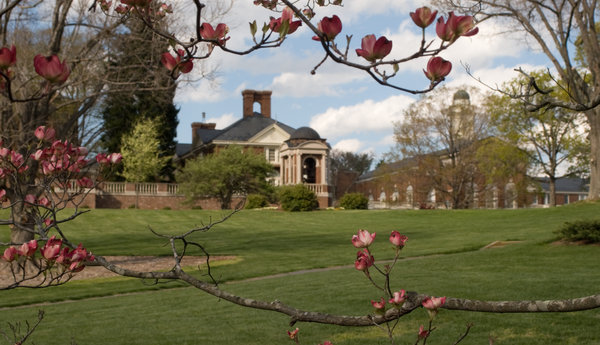Moody’s has released a report arguing that revenue problems will triple the annual number of small colleges to close through 2017. An average of 5 colleges each year have closed over the past decade. With the attention Sweet Briar attracted before ultimately deciding not to close, the issue of college closures is top of mind lately. However, the question remains: what is the likelihood of more colleges closing?

I agree with Moody’s analysis if not their conclusions. Small colleges are under tremendous financial pressure.
Declining enrollments, increasing discount rates, and a significant tuition reliance limit institutional revenues.
There is no argument about the difficult financial picture within the small college sector—both public and private.
However, I believe Moody’s dramatically underestimates the ability of small colleges to survive.
Throughout the history of American higher education, small colleges have been in difficult financial circumstances.
Despite this fact, the number of small college closures remains low.
These institutions are incredibly resilient. Even when there is a logical financial argument in favor of closing, they rarely do.
Just in the past 20 years, small colleges have survived multiple economic downturns and the online education wave that threatened to make them obsolete.
Clayton Christensen and his supporters have been arguing for years that higher education is ripe for disruption.
Online providers and start-ups were to devastate the low end of the market.
The reality? This has not occurred.
Do we think the financial situation now is worse now than in 2008-2010?
Do we think online providers today are more of a threat than in 2012-2014?
Yes, the number of closures in the recession doubled but that was preceded (and followed) by lower closure numbers.
It is reasonable to assume that the recession pushed a few colleges over that may have been teetering on the edge of the cliff.
However, I see nothing in the data that suggests even higher levels of closures in the next few years.
Despite claims of being slow to change or a lack of accountability, higher education has proven quite resilient.
If higher education was as bad as some critics like to claim, we would expect to see the invisible hand force many more closures.
Even if I’m wrong and Moody’s is right, we are still talking about less than 1% of colleges.
In fact, I would argue that the only thing that could threaten to increase the number of closures is by starting to listen to the disrupters and accountability-obsessed critics.
Declining enrollment and increased tuition discounting are a major problem. There is no question about it. Yet, colleges have survived this many times over the years.
There are some things that we’ve never had to face before in higher education that could be potentially fatal problems: public disinvestment, hyper-partisan trustees, managerial culture, and punitive accountability measures.
I’m less concerned about the mythical dragon of disruption. That emperor has no clothes.
Claims of the impending doom of higher education are simply hype.
However, if policy makers, trustees, and campus leaders continue to buy into the hype, I fear they may end up turning the hype into reality.

